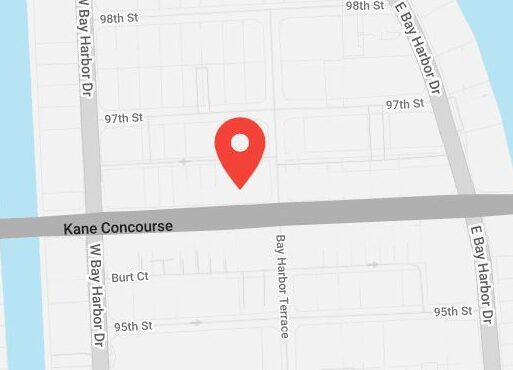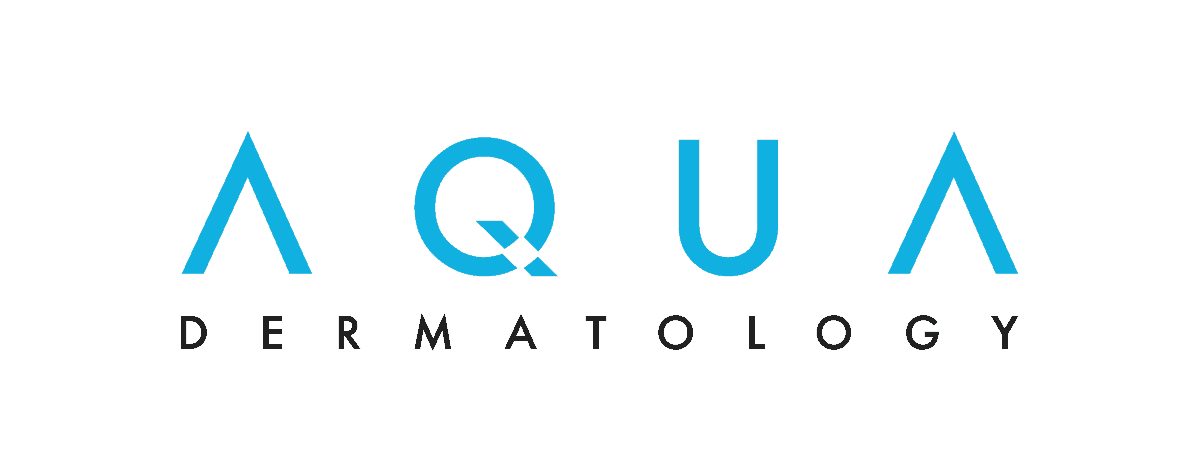Hyperhidrosis in Men

Benefits & Common Treatment Areas


Botox® and Dysport are made from safe forms of botulinum toxins, used to control nerve and muscle movements for various reasons. In treating hyperhidrosis, these drugs disrupt chemical signals from the nerves that trigger excessive sweating, reducing the overall amount of perspiration generated. For men who are embarrassed by constant sweating and sweat stains, treatments with Botox® and Dysport offer a chance for comfort and increased confidence in social situations. The most common treatment area is the armpits, but the palms and the soles of the feet can be treated as well.
Consultation
As with any procedure, a consultation with Dr. Walder at her office in the Miami Beach area is required before scheduling the hyperhidrosis procedure. Dr. Walder will review your medical history and assess your candidacy for the procedure, as well as discuss any possible side effects. You will have the opportunity to ask questions and learn more about the process during your appointment. Dr. Walder will decide with you on which product to use for your treatment. Botox® and Dysport are very similar when used for excessive sweating, so the decision will not make much of a difference in your results.
Ideal Candidates
Botox® and Dysport injections have a long track record of safety, and most patients with hyperhidrosis are good candidates for the procedure, as there are few risks involved, and a high rate of patient satisfaction.
Procedure
The actual treatment for hyperhidrosis is very straightforward. A very small needle is used to inject the botulinum toxin into the area being treated. The size of the needle limits the discomfort and makes it tolerable for most people. The treatment is temporary, lasting approximately 4-6 months, so patients will need to have another session each time the effects begin to fade.
Recovery
Besides some soreness and possible bruising and swelling from the needle pricks, there are very few side effects of Botox® and Dysport treatments. Patients should be able to return to normal activities right away, with no downtime required.
Choosing the Right Doctor
Choosing a knowledgeable and compassionate doctor isn’t always as easy as it seems. It is important to choose a board certified doctor who has experience with the condition and is familiar with the best techniques for treatment.Botox® and Dysport are excellent tools for treating hyperhidrosis, but only when there is sufficient coverage over the sweat glands in the treated area, requiring skill and finesse from the doctor providing the treatment.
Dr. Diane Walder is a board certified dermatologist who is well-versed inBotox®, Dysport, and various uses for the products. She has experience in working with hyperhidrosis for male patients, and can help get this embarrassing condition under control. A respected cosmetic dermatologist, Dr. Walder is always looking for new ways to serve her patients in the Miami area.
FAQs
How long does treatment take to work?
Following the procedure, patients should expect to see reduction in sweat production in about 2 weeks. If some sweat glands did not get treated, a touch-up session may be necessary.
How often are treatments necessary?
Botox and Dysport are temporary treatments, and must be repeated periodically for continued results. When used for excessive sweating, results usually last about 6-7 months on average. However, hyperhidrosis symptoms come back gradually, and the duration of results is entirely individual. Patients should seek treatment when they notice the sweating returning to pre-treatment levels.
Is local anesthesia necessary?
Because the procedure involves only a series of short injections, some patients may be able to tolerate the discomfort. Other patients, however, may opt for topical numbing to help make the treatment more comfortable.
How well does it work?
Patients who undergoBotox® or Dysport treatment for hyperhidrosis experience between a 60% and 80% reduction in sweating on average.



